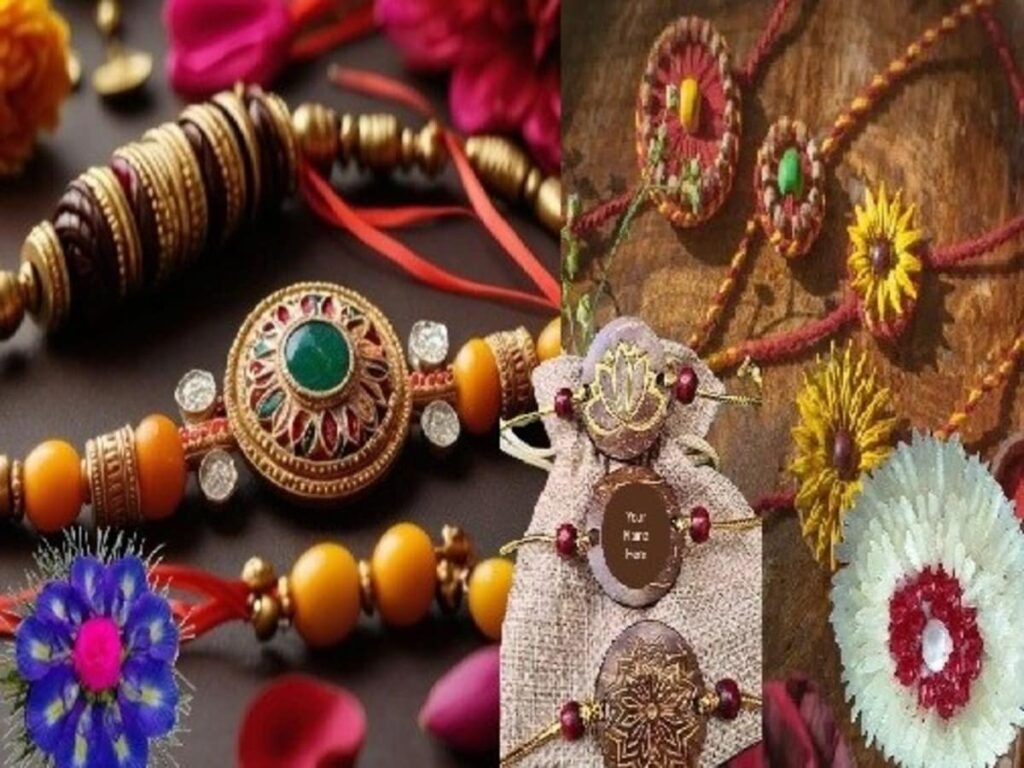As the festival of Raksha Bandhan approaches, many individuals seek to honor this beautiful occasion by not only celebrating sibling bonds but also contributing positively to the environment. The traditional practice of tying Rakhis can generate considerable waste, often contributing to pollution. Opting for eco-friendly Rakhis is a thoughtful way to celebrate while ensuring the protection of our planet. Here are some creative and sustainable tips to make your own eco-friendly Rakhis at home.
What is an Eco-Friendly Rakhi?
Eco-friendly Rakhis are handmade threads designed to be biodegradable and made from sustainable materials. Unlike conventional Rakhis that may use synthetic materials and plastic, eco-friendly alternatives prioritize natural components, ensuring that they are not harmful to the environment.
Materials for Creating Eco-Friendly Rakhis
Natural Fibers
- Jute: A strong and recyclable material that can be easily dyed or decorated.
- Cotton: Soft, biodegradable, and comfortable against the skin.
- Sisal: A sustainable plant fiber that can be used for knotting.
Decorative Elements
- Seeds and Dried Flowers: Add a touch of nature by incorporating seeds that can be planted later.
- Papers: Use handmade or recycled paper to create embellishments.
- Beads: Opt for natural stones or wooden beads that are eco-conscious.
Step-by-Step Guide to Making Eco-Friendly Rakhis
1. Gather Your Materials
Collect all the necessary materials including natural fibers, decorative elements, glue, scissors, and any additional crafting supplies.
2. Cut the Base String
Cut a suitable length of your chosen natural fiber. Typically, 12-15 inches is sufficient, depending on wrist size.
3. Create Decorative Patterns
Using the decorative elements, create patterns on the Rakhi base. You may glue on seeds, beads, or small flower pieces as per your aesthetic preference.
4. Assemble the Rakhi
Once the decorations are set, tie the ends of the fiber to create a loop that can be easily secured on the wrist. Ensure that the design is secure and won’t fall apart easily.
5. Personal Touch
Personalize your Rakhi by adding initials or a little note attached to it, making it uniquely special for your sibling.
Benefits of Eco-Friendly Rakhis
| Benefit | Description |
|---|---|
| Biodegradable | These Rakhis decompose naturally, reducing waste. |
| Sustainable Materials | Using renewable resources helps in conserving the environment. |
| Unique Designs | Handmade Rakhis can be personalized, making each piece special. |
Conclusion
Creating an eco-friendly Rakhi is more than just a trend; it’s a commitment to preserving our planet for future generations. By using sustainable materials and promoting nature-friendly practices, we not only strengthen our familial bonds but also play a part in protecting the environment. This Raksha Bandhan, make a conscious choice to craft Rakhis that symbolize love and responsibility towards Mother Earth.
